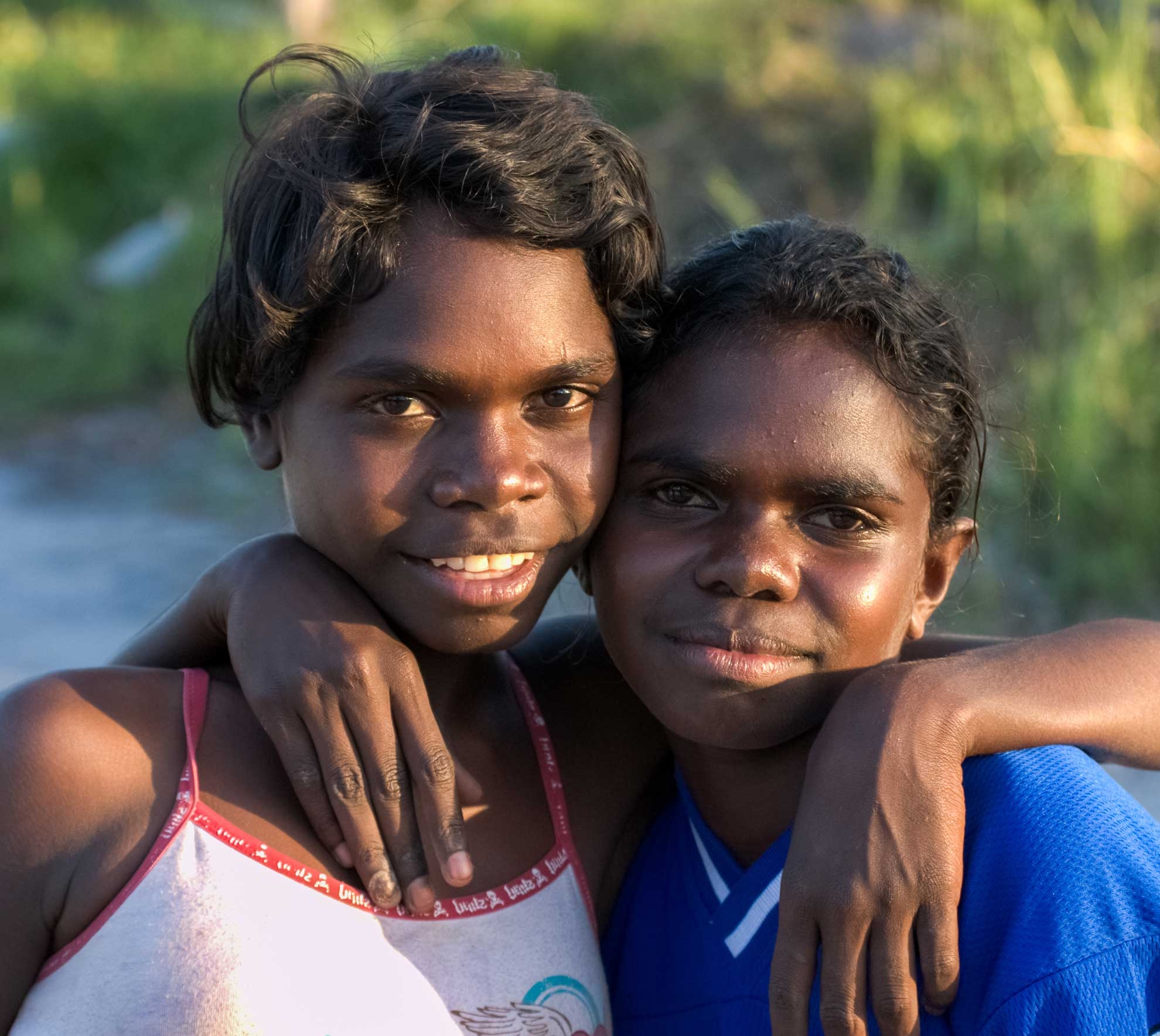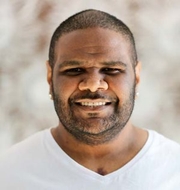Acute rheumatic fever (ARF) and rheumatic heart disease (RHD)
Rheumatic heart disease is a serious disease that causes damage to your heart valves.
- The 2020 Australian guideline for prevention, diagnosis and management of acute rheumatic fever and rheumatic heart disease. The Heart Foundation funds the support, maintenance, and education resources for the Guidelines.
- The 2023 World Heart Federation guidelines for the echocardiographic diagnosis of rheumatic heart disease.
What is acute rheumatic fever?
Acute rheumatic fever (ARF) is usually caused by infection with a bacterium called group A Streptococcus (Strep A). Strep A can infect the throat and skin. It is commonly seen in First Nations children aged between 5 and 15 years.
As a result of the infection, the immune system fighting the infection can ‘overreact’ in some people, which causes inflammation in the body, including the tissues of the heart. Infection and the resulting symptoms can range from mild to severe. The infection usually clears in a few weeks if it is diagnosed and treated early, and symptoms are managed.
Strep A bacterial infections can spread easily through person-to-person contact, especially in environments where people live in crowded conditions, where there is also a lack of access to washing facilities, and appropriate medical care.
Step A infection is treated with antibiotics. Children who have ARF must have regular antibiotic injections to stop further Strep A throat or skin infections from happening or getting worse. This means a young person diagnosed with ARF will usually need to have an injection every 21 to 28 days for at least five years and often for much longer (up to 10 years) to prevent or minimise recurring infections.
What is rheumatic heart disease?
If it is not diagnosed and treated early enough, ARF can lead to damage of one or more heart valves. If left untreated, recurring bouts of ARF can continue to cause damage and progress to become rheumatic heart disease (RHD).
There is no cure for RHD. If left untreated, it can cause further damage to the heart valves, which in turn can lead to life-threatening conditions like heart failure, stroke and abnormal heart rhythms, or death.
Some children as young as five years old with RHD need open heart surgery to replace damaged valves. They have to leave country for treatment at large city-based hospitals for months at a time, often without their families, causing mental, emotional, and financial distress to the families.
See our Rheumatic Heart Disease page.
Ending ARF and RHD

For many Australians, RHD is a forgotten disease. Common in Australia in the 1950s and 1960s, it is now mostly seen in First Nations people.
Infection with Strep A is treatable, meaning that ARF and RHD are also preventable diseases. However, these diseases continue to devastate First Nations communities at one of the highest rates in the world.
Australia was a signatory at the World Health Assembly in 2018 to end RHD by 2031. The Heart Foundation is working collaboratively to achieve this ambitious target.
RHD Stories
The Heart Foundation acknowledges the importance of lived experience to inform our work. We thank those who share their powerful stories with us.
Eddie’s story
A sore throat that leads to heart disease
Eddie Masina’s journey with RHD started at just five years old.
“It was a typical morning,” Eddie recalls. “I had breakfast, the next thing I knew I couldn’t feel my legs.” Eddie was rushed to hospital in Cairns where he was diagnosed with acute rheumatic fever.
Repeat infections during his childhood led to RHD, and between the ages of 12 and 34, Eddie endured five open heart surgeries. Aged just 18, he suffered his first stroke, followed by another at age 20. He was lucky to survive.
“Years ago, my mum told me that she had a sister who died from acute rheumatic fever at the age of 16. My brother has a daughter, and it also looks like she might have it now,” says Eddie.

“I just want to see this disease ended.”
Eddie Masina
Eddie is now a Champion4Change, advocating to end RHD by sharing his personal experiences and delivering education and awareness programs for his community.
Michael's story
Watch the story of a 14-year-old Aboriginal boy named Michael and his Aunty Mary. Learn what to do if your child or family member has acute rheumatic fever.
Guidelines for acute rheumatic fever and rheumatic heart disease
Australian guidelines for prevention, diagnosis and management of acute rheumatic fever and rheumatic heart disease
Key takeaways
- The Guidelines include standards, recommendations, and guidance for best practice clinical care.
- A cultural safety framework that places people living with acute rheumatic fever and rheumatic heart disease and their families at the centre of care.
A free ARF & RHD Guideline App is available for iPhone, iPad, and Android devices. It includes key information from the Guidelines and an acute rheumatic fever diagnosis calculator.
Last updated13 February 2024